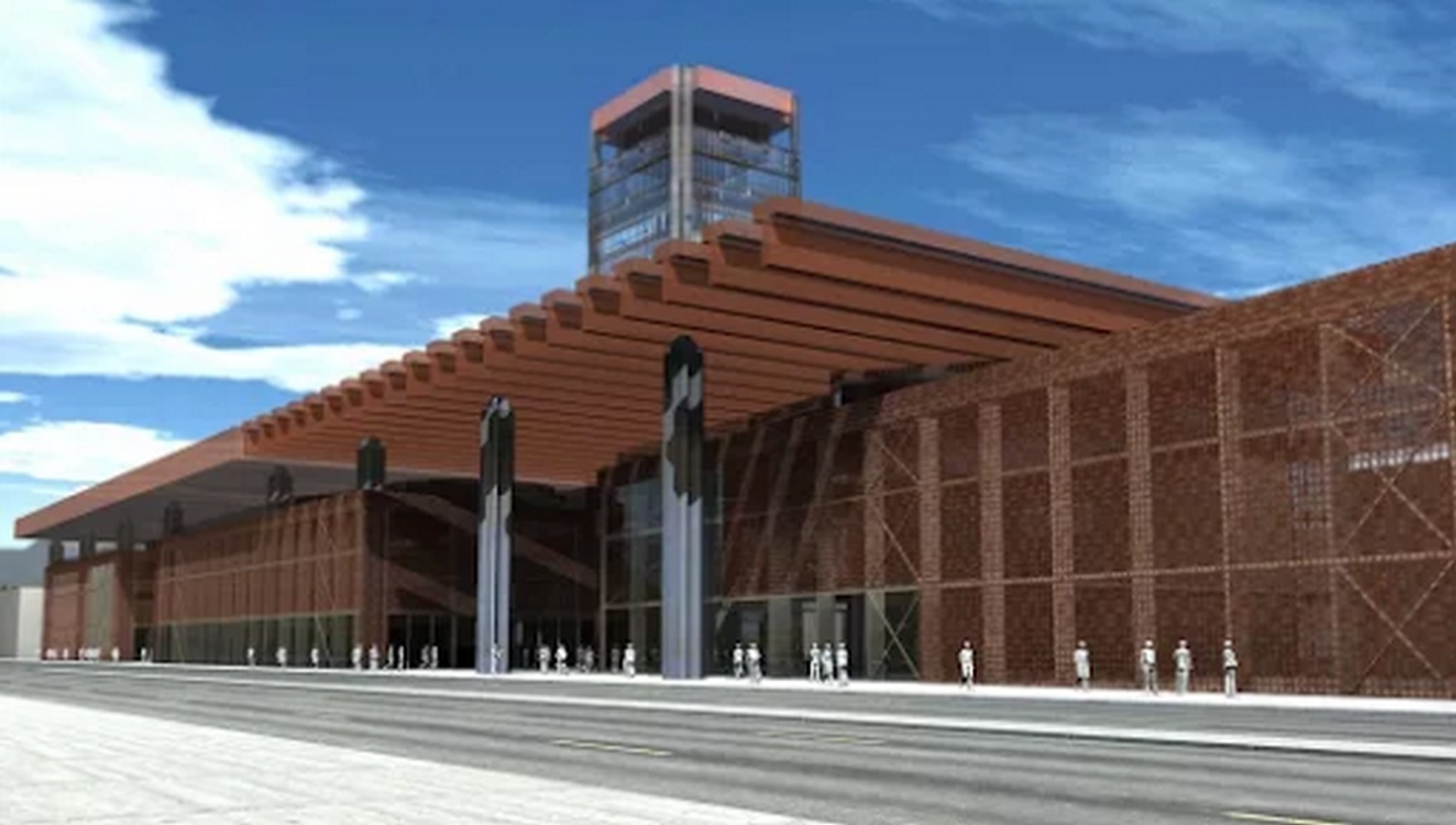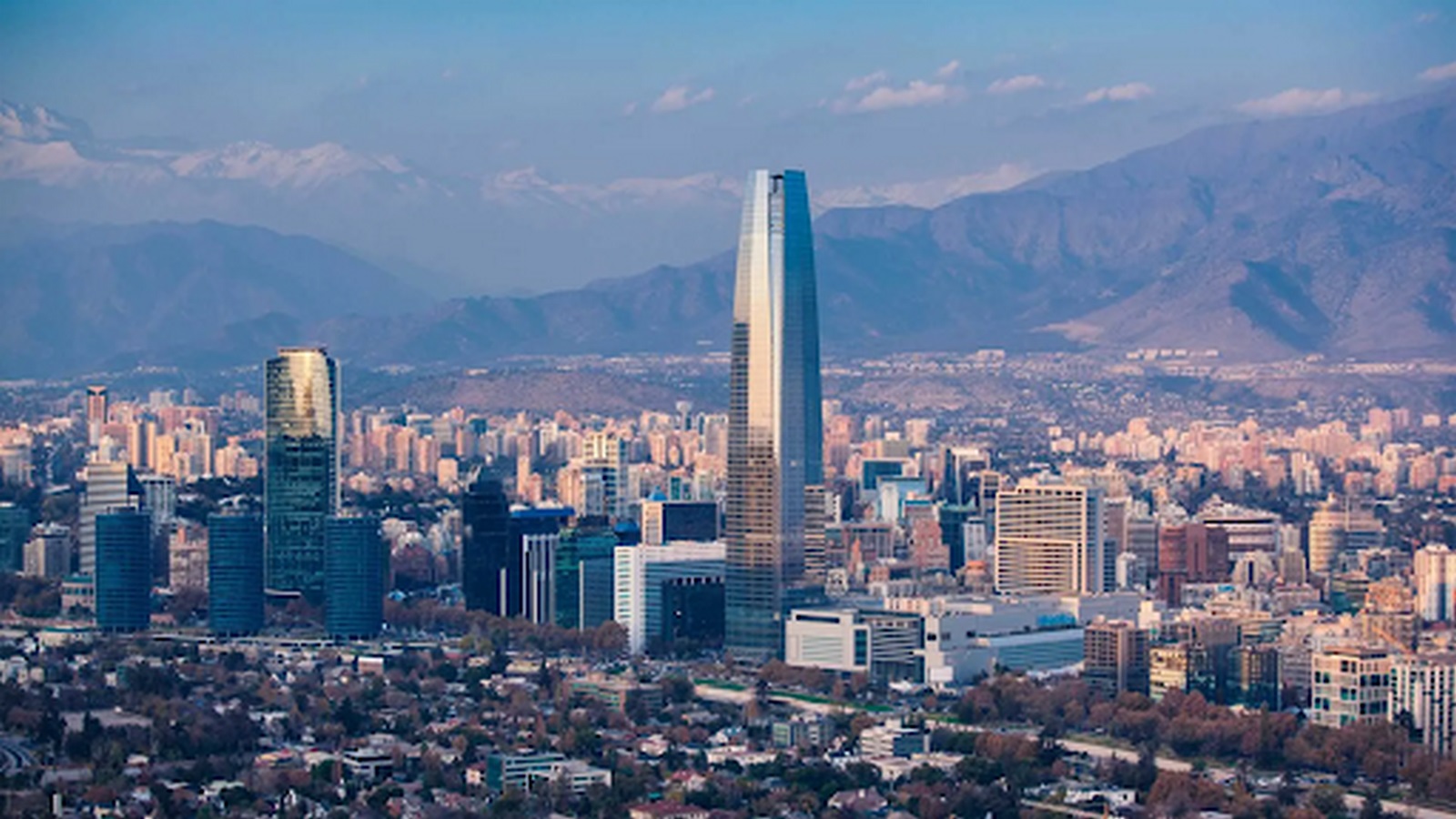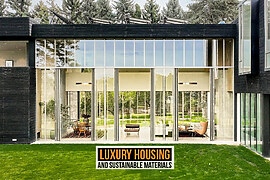Chile, situated in South America is a country of extremes. Geographically, it is a vertical stretch of land along the South Pacific Ocean’s coast. Also known as the “end of the world”, the variations in its landscape, climate, and geology make for an exciting design pitch for architects. Chile’s architecture patterns range from a traditional colonial aesthetic to contemporary modern architecture. Here, the building design is highly influenced by the country’s history, culture, political deviations, and much more. The most versatile of architects can find it tricky to design for a site in Chile. Therefore, we have brought to you a list of things to remember while designing in Chile.
1. Climate

The climate in Chile is always fluctuating. It includes tropical, dry arid, Mediterranean, temperate, and subpolar oceanic. The design considerations are different for every climate type. For instance in Chile, the Folding House located in the semi-arid climate is a unique home design that prevents excess solar radiation during the searing hot summer months while allowing the heat in winter, through the movement of the louvers. In addition to providing year-round temperature control, the climate responsive design element acts as a sun-streaming cover for the rooftop deck, which offers a spectacular lakeside view from the building.
2. Seismic resistant design

Chile is a high seismic zone and the house to active volcanoes. Hence, architects need to design in Chile to consider seismic loads. Good knowledge about building materials and construction techniques are a vital part of designing an earthquake resilient structure. Here, we can consider the example of Santo Domingo’s Church where the geometry of design elements has positively influenced its dynamic behavior. Good global capacity of the building slows it to face seismic thrusts, while a big local in-plane capacity of walls gives an adequate capacity to avoid the out-of-plane failure mechanism of walls.
3. History and culture

Chile has had a great historical legacy. The country’s historic quarter, Valparaiso is declared a World Cultural Heritage Site by UNESCO. Being ruled by the Spanish for quite a few years, buildings in Chile reflect a lot of architectural influences from them. One has to rightly trace the European influence in design while designing in Chile’s historical capital. To quote an example, La Moneda Palace stands as a representation of the Neoclassical style of architecture which finds its origin in Europe. The design features include grandeur of scale, simplicity of geometric form, dramatic use of columns, and pediments.
4. Global trends in contemporary modern architecture

The architecture of Chile is evolving. The local architects have put Chile on the global map by designing buildings that challenge material versatility and technology. If you are designing in Chile, this is an important consideration. For example, the Gabriela Mistral Cultural Centre at Santiago was designed with a sense of openness, combined with the transparency of the boxes that shelter the cultural programs of the center. It transforms the modernist grandeur of the former design into a new benchmark for public space.
5. Vernacular design features

The local inhabitants of Chile are called Mapuche. The primitive buildings designed by them showcase an understanding and knowledge of regional climate, topography, and material availability which is still a relevant factor for design. In the modern-day world, its reflection can be seen in the Casas- Ruca social housing project where the inspiration for this community housing is derived from vernacular architectural philosophies. The most important requirement of the community to be housed here was the orientation of the dwellings. It had to be facing east towards the rising sun. A pine trunk is used as the diagonal bracing required to resist seismic loading and provides a strong architectural element. Both the timber trunk and the continue are elements found in the traditional architecture of the Mapuche.
6.Topography

In Chile, the buildings are as extreme as the landscape. The contours and topographic patterns of the country are varied and the buildings need to adapt to them. An example of such a building would be a house designed by Max Nunez Arquitectos. A continuous flight of steps covers the roof of this home, which runs parallel to the site’s steep slope down to the Pacific Ocean. It is built on a dramatic incline overlooking the waters.
7. Material availability

Chile being an earthquake-prone zone is extremely thoughtful of its building materials. Wood is a renewable and sturdy material that is widely used over the years. Therefore, the material study is an important factor of design consideration. For example, in the case of the Bridge House, the wood acts as an extremely sustainable material when produced and processed under certain conditions since it can have a very low carbon footprint. Meanwhile, as a construction system, it is characterized by its warmth, resistance, and durability.
8. Population density

The population distribution in Chile is uneven. It’s metropolitan region specifically it’s the capital city of Santiago comprises 40% of the total population and the remaining 60% is evenly distributed amongst its suburban parts. An important influencer while designing in Chile is its settlement pattern. If you are designing in the city center, the plans have to be more compact and while for the rest of Chile it can be an open, spread-out plan.
9. Chile Building Code

The Chile building code is an important determinant in designing buildings. Its considerations include loading standard, design practice, seismic design of non-structural components, seismic zonation, site class, occupancy categories, load combinations, structural systems, analysis producers, modern response structural analysis. The Chilean government takes a serious count on these by-laws before approving the construction of any building.
10. Construction technique

Construction techniques are an important determinant of design in Chile. For instance, the Perez Cruz winery was built of native woods with two barrel-shaped central naves, exterior arches.



















